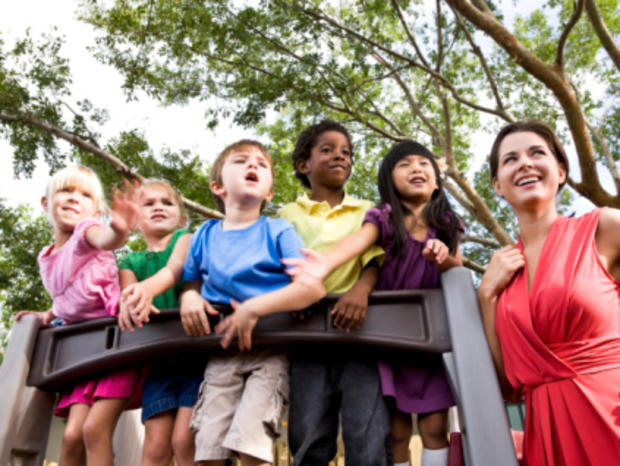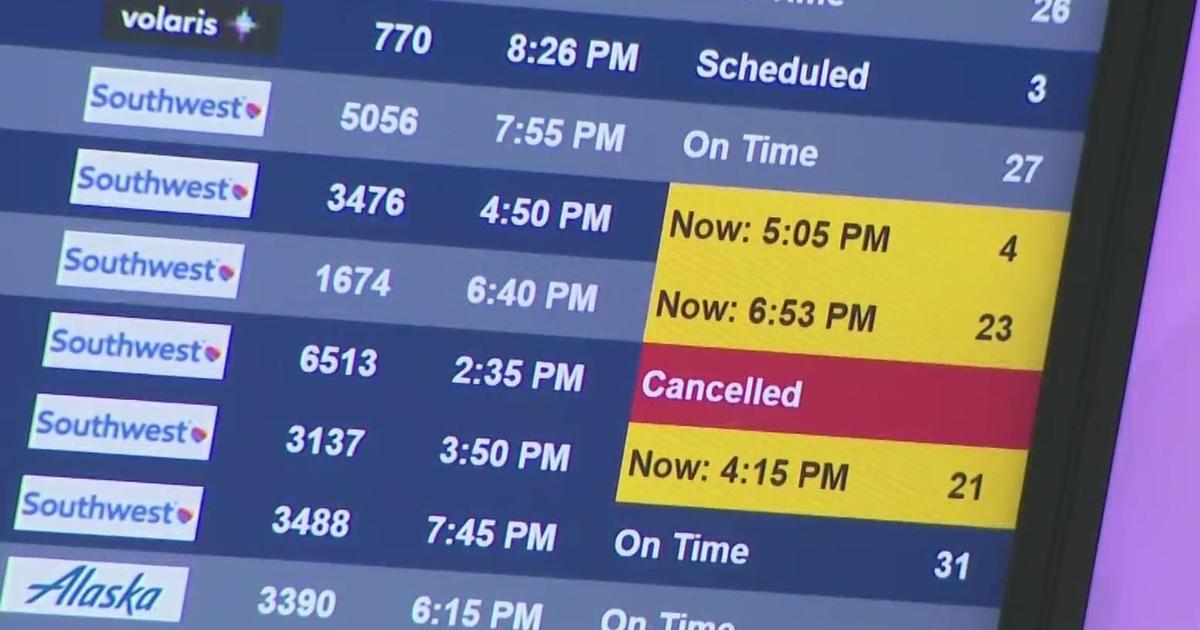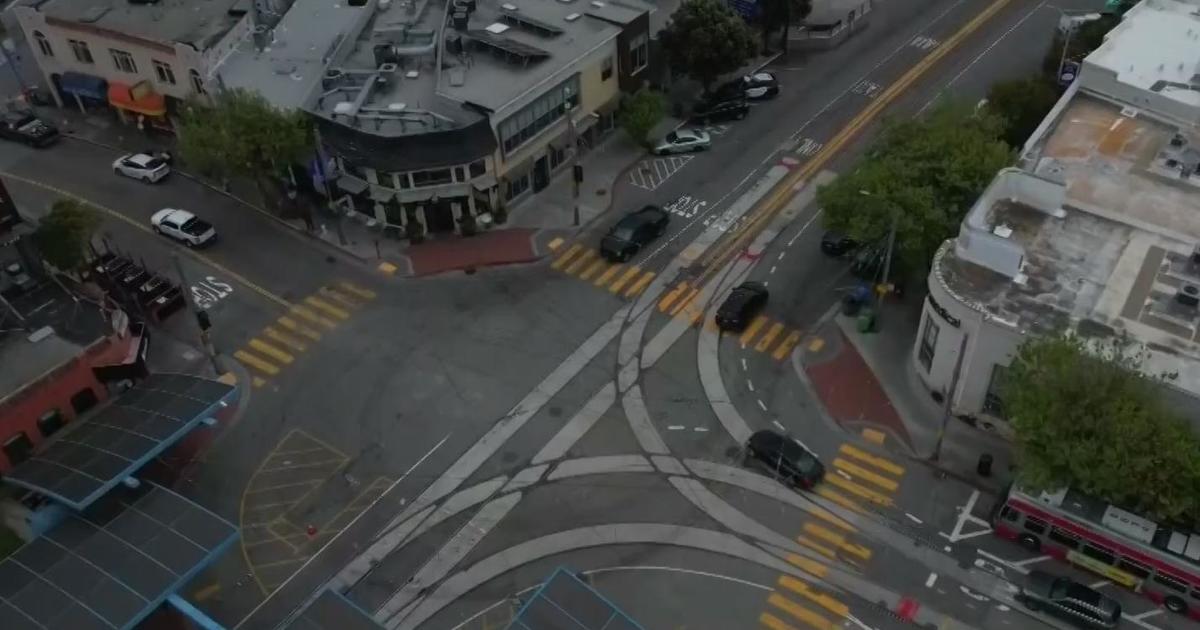Ask A Carpenter: Tips For Building A Kids' Play Area
As the weather warms up, many parents are looking to move kids' playtime outdoors. Options for play areas can vary from pre-fabricated purchased structures to elaborate do-it-yourself tree houses.
Building on one's own can prove a daunting task for the inexperienced. For those unsure of how to begin sprucing up the kids' play areas, read on for a list of tips from local business owner and carpenter John Flagg of Tree of Life Stairs.
John Flagg
Tree of Life Stairs
5802 Herma St.
San Jose, CA 95123
(408) 225-7979
www.treeoflifestairs.com
Carpenter John Flagg of Tree of Life Stairs grew up in the San Jose area and specializes in custom-built staircases for clients in the South Bay and Peninsula. While he loves what he does, Flagg said the driving force behind his work is the opportunity to give something back. A portion of Tree of Life's profits are donated to a number of charities ranging from Zoe International to the St. Jude's Children's Research Hospital. Flagg also works with clients who like to select the organizations for his charitable contributions, and he is more than willing to give to others' causes in addition to or instead of his own.
1. Choose the right wood
Most play structures are typically crafted of weather-resistant woods like redwood or cedar. Cedar is more widely available on the East Coast, while redwood is more plentiful out here in the West. Due to the abundance of local redwood, it tends to be a more affordable building material and will also incur lower shipping charges if not sourced nearby. There are other suitable weather-resistant woods, such as white oak or mahogany, but these woods tend to be rather cost prohibitive for a such a high-traffic project as a children's play structure.
2. Choose the right tree
When selecting a tree in which to build a tree house, Flagg recommends avoiding any softwood evergreen trees on your property. A majority of deciduous leaved trees tend to be comprised of harder woods and would make for better structural soundness when attaching a tree house. Make sure to check with an arborist or landscaper before making the final selection to ensure an appropriate tree is selected. Also make sure to choose a tree with sturdy outwardly branching limbs to provide solid support for the play structure.
3. Use pressure-treated wood
When building play structures on one's own, it is important to select pressure-treated wood building materials, as they are better suited to prevent rot of any structure that will be secured into the ground. These are readily available at stores like Home Depot or Orchard Supply Hardware, but Flagg recommends taking care to avoid green-hued pressure-treated materials. The greenish tinge is caused by a treatment of copper and a host of other chemicals that increase the wood's weather resistance, but it does not make for the most non-toxic play area for children. A smarter, less toxic choice for an area kids will be frequently touching or climbing on would be a pressure-treated material with a brownish cast. If concerned about the chemical make-up of the materials you've selected, make sure to verify with the manufacturer or supplier about what type of chemicals the wood will off-gas.
Related: East Bay's Most Unique Playgrounds
4. Playroom additions
Playroom additions to a home are a much more complex project for the homeowner to undertake. While possible and legal in California to approach a project of this scale on one's own, Flagg suggests that a majority of people choose to hire a contractor. Anytime the square footage of a house is added to, or an extension of the roofline or foundation is created, multiple city permits and codes are involved. A licensed and bonded contractor is typically much more suitable than the average homeowner to covering all the bases in this regard.
5. Install a sandbox
For a quick and easy addition to any children's play area, Flagg suggests installing a sandbox in the backyard. A sandbox outline can easily be created using pressure treated 2x4s or even cinder blocks for greater sturdiness. He recommends designing a modest-sized sandbox, because while although sand is a rather inexpensive material to build with, it is very heavy to transport. Also take care to include a cover for the play area to deter neighborhood cats from leaving deposits.
Related: Best Spots To Spend A Summer Day With Your Family In South Bay
Joanna Metheny is a freelance writer covering all things South Bay. Her work can be found on Examiner.com.





